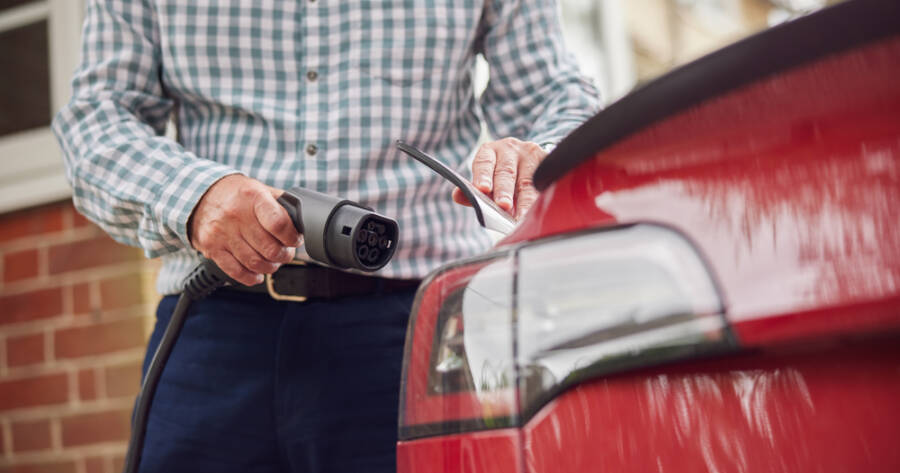The rise of small electric cars has captivated car buyers and environmental enthusiasts alike, reflecting a growing desire for sustainable and efficient transportation. Compact and practical, these vehicles offer numerous advantages that appeal to a wide range of consumers. By exploring the factors driving this demand, one can understand how small electric cars are reshaping the automotive landscape, providing both environmental and economic benefits.
Easy to Drive and Park
One of the biggest reasons for the rising demand for small electric cars is their ease of use. Their compact design allows drivers to navigate through narrow streets and congested traffic with minimal effort. This makes them an excellent choice for city dwellers who frequently face parking challenges and crowded roads.
Their lightweight structure and electric powertrain also contribute to a smooth and quiet driving experience. Unlike traditional gasoline cars, small electric vehicles produce little to no vibration or engine noise, enhancing comfort for both drivers and passengers. The simplicity of their operation, often with automatic transmission, makes them accessible even to those with limited driving experience.
Environmentally Friendly and Energy Efficient
Environmental concerns are a major factor in the increasing popularity of small electric cars. With zero tailpipe emissions, they contribute to cleaner air in urban areas, helping reduce pollution and its harmful effects on health. Many governments also encourage the use of electric vehicles through incentives and tax benefits, making them even more attractive.
These vehicles are designed to consume less energy than larger electric or gasoline-powered cars. Their smaller batteries require less charging time and can often be recharged at home using a standard electrical outlet. With advancements in battery technology, many models now offer improved driving range, making them suitable for daily commutes without frequent recharging stops.
Cost Savings on Fuel and Maintenance
Another advantage of small electric cars is their lower operating costs. Since they run on electricity instead of gasoline or diesel, drivers can save a significant amount on fuel expenses. Charging an electric car is generally cheaper than filling up a gas tank, especially in areas where renewable energy sources are widely available.
Maintenance costs are also lower compared to traditional cars. Electric vehicles have fewer moving parts, meaning less wear and tear. There is no need for oil changes, exhaust system repairs, or fuel system maintenance. Many components, such as regenerative braking systems, also help extend the lifespan of brake pads, reducing replacement frequency. Over time, these savings make small electric cars a cost-effective choice for many drivers.
Ideal for Urban Mobility
The design and functionality of small electric cars make them perfect for city life. Their size allows them to maneuver easily in traffic and fit into tight parking spots. Many models also feature innovative technology, such as smart parking assistance and connectivity features, making driving even more convenient.
Urban areas are increasingly prioritizing sustainable transportation solutions. Some cities have established low-emission zones where only electric vehicles are allowed, giving small EV owners unrestricted access to certain areas. Additionally, public charging infrastructure is expanding, making it easier to own and operate an electric car without relying solely on home charging.
The Future of Small Electric Cars
As technology advances, the demand for small electric cars is expected to grow even further. Improvements in battery efficiency, faster charging times, and longer driving ranges will continue to enhance their appeal. Automakers are also investing in innovative designs that maximize interior space without increasing vehicle size, making them more practical for everyday use.
With more people looking for sustainable and cost-effective transportation options, small electric cars will likely remain a key part of the future automotive market. Their combination of convenience, affordability, and eco-friendliness ensures they will continue to play a significant role in shaping urban mobility.





